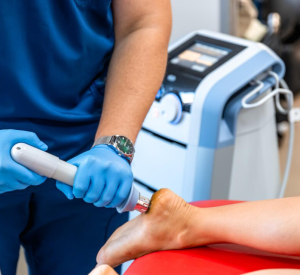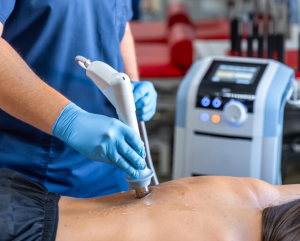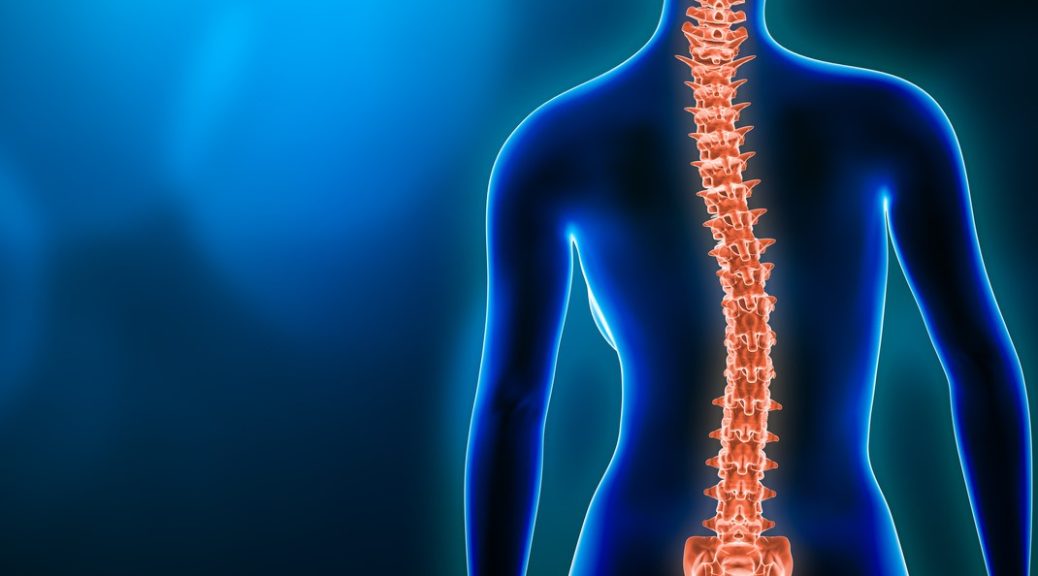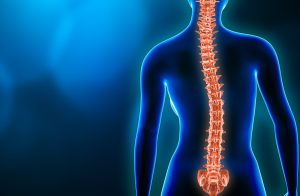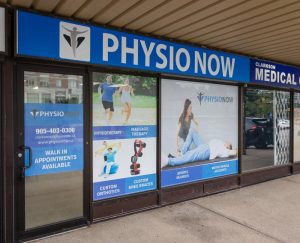
Our physiotherapy clinic PhysioNow has 9 locations to serve you across the GTA, from Burlington to Etobicoke
Physiotherapists can improve your health by being champions of fitness and wellness. They are experts in a wide variety of topics and can help in many different areas. The following is a list of ways your physiotherapist can improve your health!
1. Prevention
Physiotherapists work to prevent injuries and physical health issues through education and awareness. For example, they may provide guidance on proper ergonomics, posture, and exercise habits to reduce the risk of developing pain, injuries and chronic conditions.
2. Rehabilitation
Sometimes, accidents happen and injuries can’t be avoided. Physiotherapists help individuals recover from injuries, surgeries, and medical conditions. They use various techniques, therapeutic exercises, and treatments to restore physical function, mobility, and strength.
3. Pain Management
Physiotherapists help manage and alleviate pain, whether it’s caused by injuries, chronic conditions, or post-surgical discomfort. They use techniques such as manual therapy, massage, and modalities like heat/cold therapy or electrotherapy to reduce pain.
4. Functional Improvement
Physiotherapists work to improve a person’s physical abilities and functional capacity. This can include activities of daily living, sports performance, and/or mobility. For example, helping individuals regain the ability to get out of bed, climb stairs, or run. Enhancing these aspects can significantly contribute to an individual’s overall well-being.
5. Promoting Physical Activity
Physiotherapists encourage and prescribe physical activity tailored to an individual’s needs. Oftentimes, people may be scared to increase their activity levels out of fear of pain or an injury. Physiotherapists are fitness experts that can determine which exercises are safe for you to perform, and progressively increase your fitness levels. Regular exercise is essential for maintaining physical health, preventing chronic diseases, and promoting mental resilience.
6. Education
Physiotherapists educate patients about their conditions, treatment plans, and how to manage their health. They provide guidance on maintaining a healthy lifestyle and offer strategies for long-term wellness. As an example, this may include how to wear a brace properly, proper posture when lifting, safety concerns after a surgery, or using assistive devices like a cane or crutches.
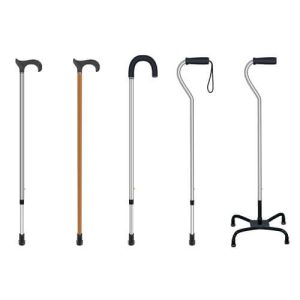
There are many different types of assistive devices, a physiotherapist can help you choose one that fits your needs
7. Assisting with Chronic Conditions
Physiotherapists often work with individuals who have chronic conditions such as arthritis, diabetes, and heart disease. They help manage these conditions through advising exercise and lifestyle modifications.
8. Aging Well
Physiotherapists work with older adults to promote healthy aging. They help manage age-related physical changes like changes in bone density or muscle mass. They will help you maintain or regain your independence and mobility.
9. Sports and Fitness
Physiotherapists support athletes and active individuals in injury prevention, performance enhancement, and rehabilitation following sports-related injuries.
10. Rehabilitation after Surgery:
Physiotherapists play a crucial role in the recovery process following surgeries. Common examples include fractures with surgical repairs, total and partial hip and knee replacements, and ACL/MCL repair. They will help you follow your surgical protocols and develop personalized rehabilitation programs to optimize healing and regain function.
Overall, the role of a physiotherapist is multifaceted and can make positive influences in many areas. With a combination of prevention, rehabilitation, education, and collaboration with other healthcare providers, your physiotherapist can help you improve your health. To get started, book with PhysioNow today for your first assessment with a Registered Physiotherapist.



